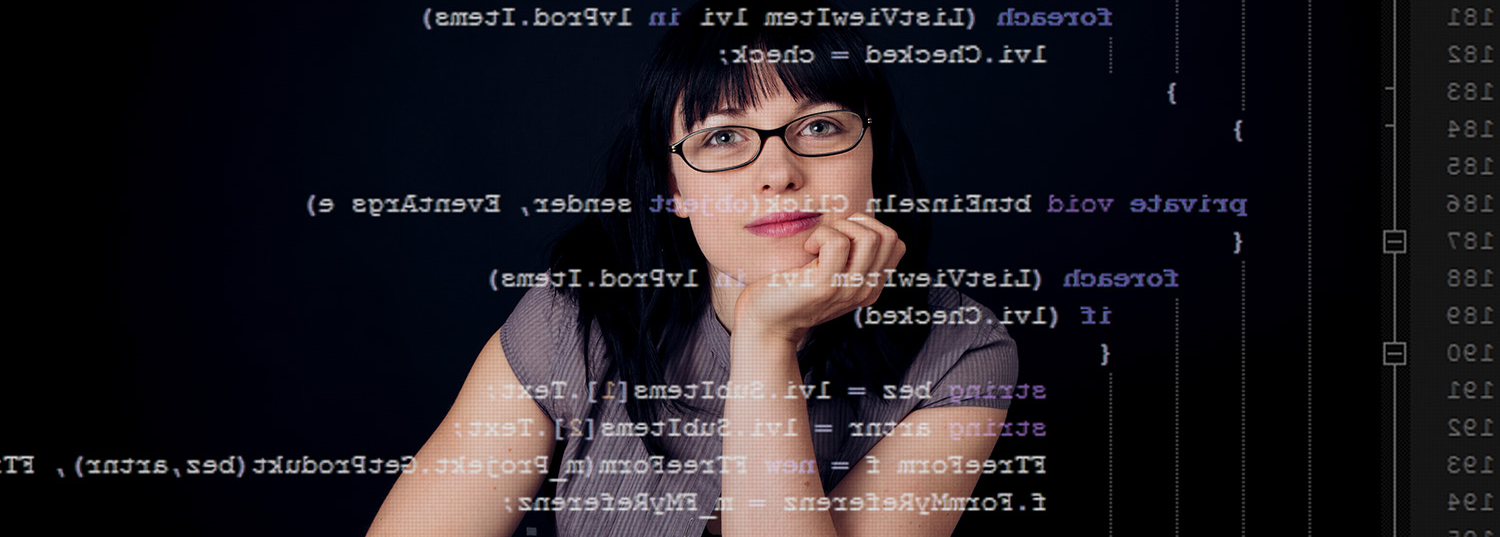Only 3% of ICT graduates worldwide are women, according to the UNESCO. In Europe, no more than 2.9% of female graduates obtained an undergraduate degree in computing in 2015, and only four out of every thousand (0.4%) pursued further studies in this subject. However it was not ever thus. In fact, the first person to write code was a woman.
That is how Ada Lovelace is viewed in the history of computer science. Augusta Ada King, Countess of Lovelace, lived from 1815 to 1852 and worked with Charles Babbage providing her famous “notes” on the “analytical machine”, an attempt at a calculator for general use that was never finished. These notes were labeled from A to G, and it is the last that contains the first lines of programming in history. In them, this pioneering mathematician and writer describes an algorithm to calculate Bernoulli numbers.
Almost one century elapsed between Lovelace’s “note G” and the birth of modern computer science. With the start of the development of digital computers in the 1940s, women were once again at the forefront in writing code for the machines. This is related wonderfully by Clive Thompson in his report for the New York Times entitled “The Secret History of Women in Coding“.
At that time, most men in the fledgling computer industry considered writing code to be a “secondary task” of little importance. At a time when the word “software” did not exist in the world of engineering, the genuine prestige lay in hardware, and this was the area where most men chose to work.
After the 1950s and 60s, when software programming came to be seen as the best way to control hardware, software in engineering became popular and acquired social prestige, and the thousands of programming jobs that were created began to be occupied by men. Today, over half a century later, the figures are those seen at the start of this article.
66% of girls aged between six and 12 in the United States show some interest in ICT training. This percentage halves (33%) between 13 and 17 and ultimately only 4% of these girls embark on a related course of study. These data have been compiled by the group Girls who code, which today has over 90,000 software developers all over the US.
This type of groups have been proliferating for some years now and have proved to be fairly effective in laying the ground for movements and initiatives that seek to mitigate the vast gap between men and women in the field of programming, and in STEM studies and professions (the acronym for science, technology, engineering and mathematics). In Argentina, for example, we find the Chicasprogramadoras.club, which organizes regular talks and is supported by volunteers and mentors who help convince girls and young women who approach for advice on what to study that ICT training is genderless.
In Spain there are certain noteworthy initiatives focused on professional training for women, such as Adalab, whose name specifically commemorates the 19th-century code-writing countess. Its website contains testimonies such as this one from Elena Cerezo: “Adalab has offered me many things, not only programming. It has inspired me to continue my education and believe in myself as a programmer”. Elena went from being an unemployed topographer to working as a programmer in a company. 94% of its alumnae are now working as programmers.
But they will not be the last, as the gap is still huge. But before them – but always after Ada – there were other famous female programmers. We end this article published on International Women’s Day with five famous code workers:
Grace Hopper
A US Navy rear admiral in the 1950s and 60s, she developed the first compiler for a programming language and also provided validation methods. This professional soldier extended the idea of a machine that was independent of programming languages, which led to the development of COBOL, a high-level programming language still in use today.
Margaret Hamilton
This scientist was the Director of the Software Engineering Division of the MIT Instrumentation Laboratory, and headed the team that developed on-board flight software for the Apollo space program. She is responsible for coining the term “software engineering” and also for developing the discipline.
Joan Clarke
English cryptanalyst and numismatist, she was the only woman to work on Alan Turing’s team in the Second World War in its attempts to decipher the “Enigma” code used by the Nazis. Her work was key to achieving this, but although Clarke had the same position as her teammates, she was paid less than her colleagues because of her gender.
Hedy Lamarr
This Austrian movie actress and inventor, who became a naturalized American citizen, is considered one of the pioneers of something as essential to us today as Wi-Fi. She was the co-inventor of the first version of the spread spectrum that allowed wireless communications over long distances. She was also the first woman to appear naked in a commercial movie.
Radia Perlman
Perlman is famous for being the creator of the Spanning Tree Protocol (STP), which is essential for allowing the redundancy of paths in local area networks (LAN). Although she does not like the label, she is known as the “mother of the Internet”. When she was working for Intel she took out over 47 patents for the processing giant.











